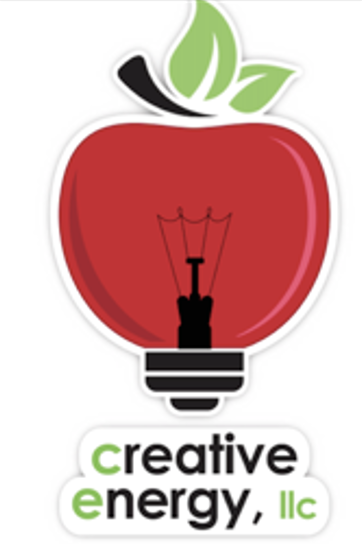Back to School and Back to Gaps
Learning Gaps are the direct result of Teaching Gaps
When the bell rings on the first day of school, so do gaps in achievement. Many will begin school for the first time believing they are quite capable of achieving respectable outcomes, however, as the year progresses so will reality, so will dysfunctional beliefs and so will gaps in achievement. The “many” I’m referring to are teachers and teacher leaders. Many will start the year with high hopes, great expectations, and a lot of positive energy and will begin the work without the necessary tools to garner success. They will be experts in instructional theory and pedagogy, but if that expertise does not deliver results it’s meaningless. Gaps in achievement happen when there are gaps in teaching. Teaching gaps produce learning gaps. I know what you’re saying, “What about the parents? They have a part in this too!” Yes, they have supplied humans for the schools to service. However, they do not provide the teaching service -schools do. The state does not measure parent accountability; it measures school accountability and how we service humans through our systems. If we are unsuccessful, it is not because something is wrong with the biology of being human but because something is wrong with the anatomy of the service system of schools. It’s a hard pill to swallow, I know, but take your medicine anyway – get better.
Wishing for success is a whole lot easier than achieving success. Quietly giving into despair requires little effort, holding on to hope and persevering regardless of obstacles; well, that doesn’t come so easy. This is especially true in culturally unresponsive schools, which believe they are instructionally fit. It’s like boasting about going to the gym every day and embracing a lifestyle of a junk food diet. Whatever you accomplish in the gym, you kill all progress with your lifestyle diet. Regardless of how instructionally gifted you are, in a culturally unresponsive system, you kill all progress and the potential of those teaching gifts.
The National Center for Education Statistics, Condition of Education 2015 did an Early Childhood Longitudinal study of teachers of kindergarten students. Those teachers reported on how students rate in seven approaches to learning behaviors: paying attention, persisting in completing tasks, showing eagerness to learn new things, working independently, adapting easily to changes in routine, keeping belongings organized, and following classroom rules. On a scale of 1-4, with 4 being the highest rating, the average score of all kindergartners was 3.0. There were very small gaps among all measurable subsets (a range of 2.7-3.1). This is regardless of the parent's highest level of educational achievement, socioeconomic status, or the number of adults in the household.
Now, watch how culturally unresponsive systems and gaps work. Regardless of race, income, parents' educational attainment, and the number of parents in the household, the playing field is almost level at the beginning of the kindergarten school year in how the teacher reports the student’s learning behaviors. When teaching is applied and achievement is assessed, everything changes, and gaps emerge. The reading achievement of those almost-level kindergartners reflects a 13-point gap between the lowest-rated and highest-rated learners. By the spring semester of kindergarten, that gap had increased to 18 points, and by the spring semester of the next year (end of first grade), that gap had increased to a 24-point spread. The same pattern is found in math and science achievement; the gap doesn’t decrease as we service learners in schools; it increases. Many students start on the same playing field and never catch up, because teaching doesn’t catch up. There were no significant gaps in learning when they entered; we created the gaps in how we delivered instruction. Teaching without culturally responsive relationships is equivalent to having a great exercise plan and a poor diet. You can’t close the weight gap or health gap without a good diet –no matter how hard you exercise. You can’t close learning gaps without addressing teaching gaps.
I firmly believe that all humans are capable of learning, and I believe that all teachers are capable of teaching. As we send children to school with a list of tools and supplies they need for the school year on their school supply list, we must also send educators to schools with the tools and supplies they need to be successful in the teaching and learning process. Understanding and using strategies to create culturally responsive climates should be at the top of the professional development back-to-school list. Let us first begin by closing the bindspots of teaching gaps to close the learning gaps.
